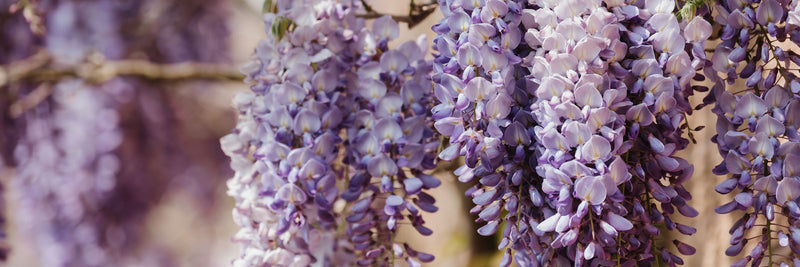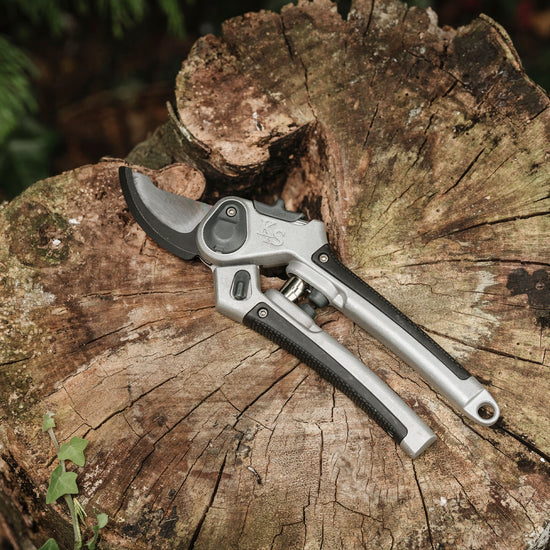Why Prune Wisteria?
Pruning wisteria is essential for maintaining its beauty and ensuring a stunning display of flowers year after year. Wisteria is a vigorous climber that can quickly become unruly if not kept in check. Regular pruning not only controls its growth but also encourages the development of flower buds, resulting in a more abundant bloom. Proper pruning helps prevent the plant from becoming too dense, which can restrict air circulation and increase the risk of disease.
When to Prune Wisteria?
Pruning wisteria should be done twice a year: once in late winter (January or February) and again in summer (July or August).
- Winter pruning: Focuses on reducing the overall size and controlling the shape.
- Summer pruning: Encourages flowering by cutting back long shoots to promote bud formation.
Tools Needed for Pruning Wisteria
For effective pruning, you'll need high quality tools that offer precision and comfort.
- Bypass Secateurs - Ideal for cutting smaller stems and softwood.
- Anvil Loppers - Perfect for thicker, woody stems.
- Pruning Saw - Necessary for cutting through larger branches.
Step-by-Step Guide to Pruning Wisteria
Winter Pruning (Late January or February)
- Begin by cutting back the long, whippy shoots to about 2-3 buds from the main stem.
- Remove any dead or diseased wood, cutting back to healthy growth. The Anvil Loppers are great for tackling thicker branches.
- Thin out overcrowded areas to improve air circulation and shape the plant.
Summer Pruning (July or August)
- Cut back the current year’s growth to five or six leaves from the main stem. This encourages the plant to focus its energy on developing flower buds.
- Remove any suckers or unwanted growth.

General Tips
- Always make your cuts just above a bud, slanting away from it to direct water off the cut.
-
Clean your tools after pruning to prevent the spread of disease and maintain their sharpness.
Pruning wisteria doesn’t have to be daunting. With the right timing and tools, you can maintain a healthy, vibrant wisteria that rewards you with beautiful blooms. Regular pruning not only enhances the plant's appearance but also promotes a more robust flowering season.







